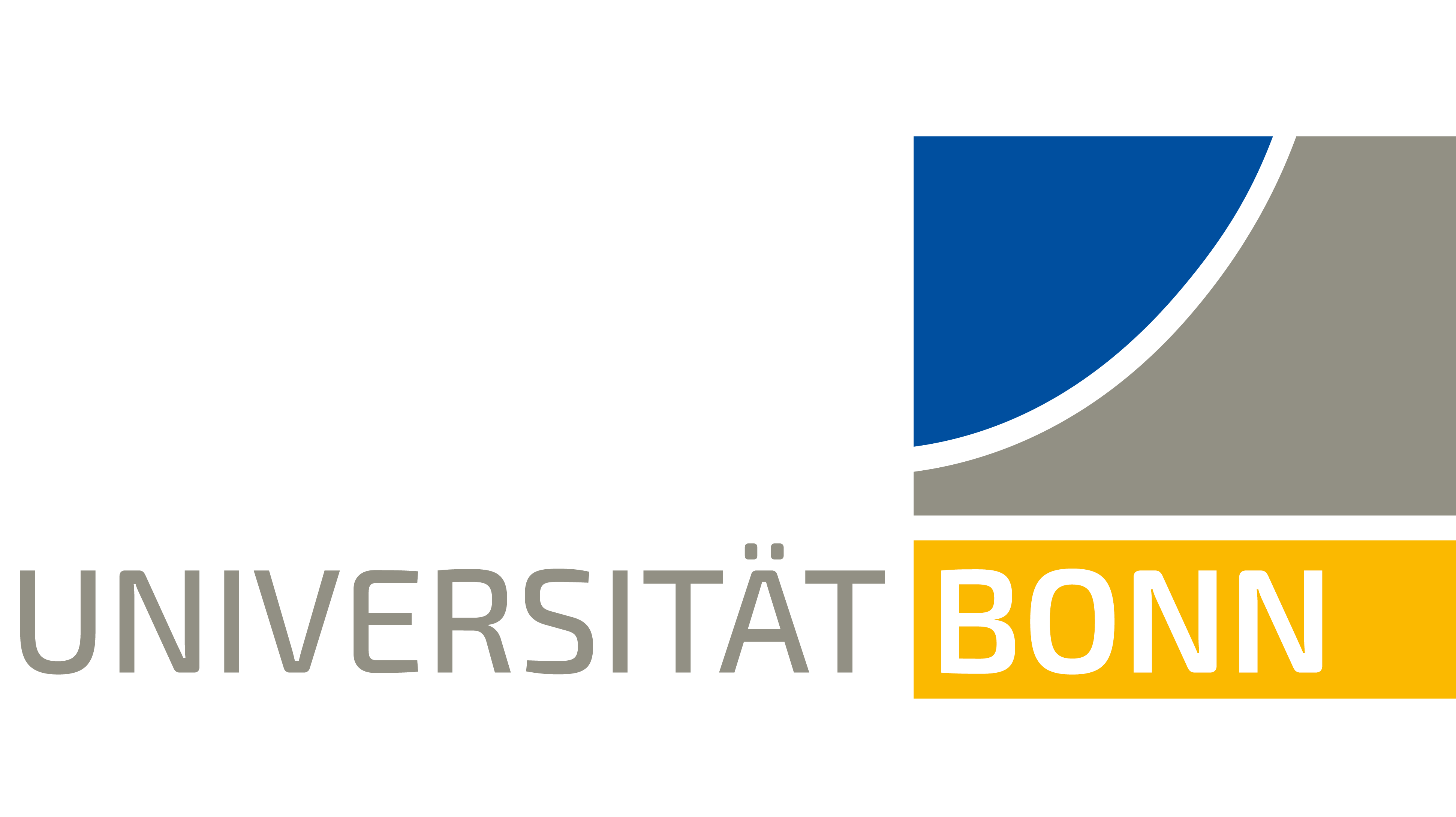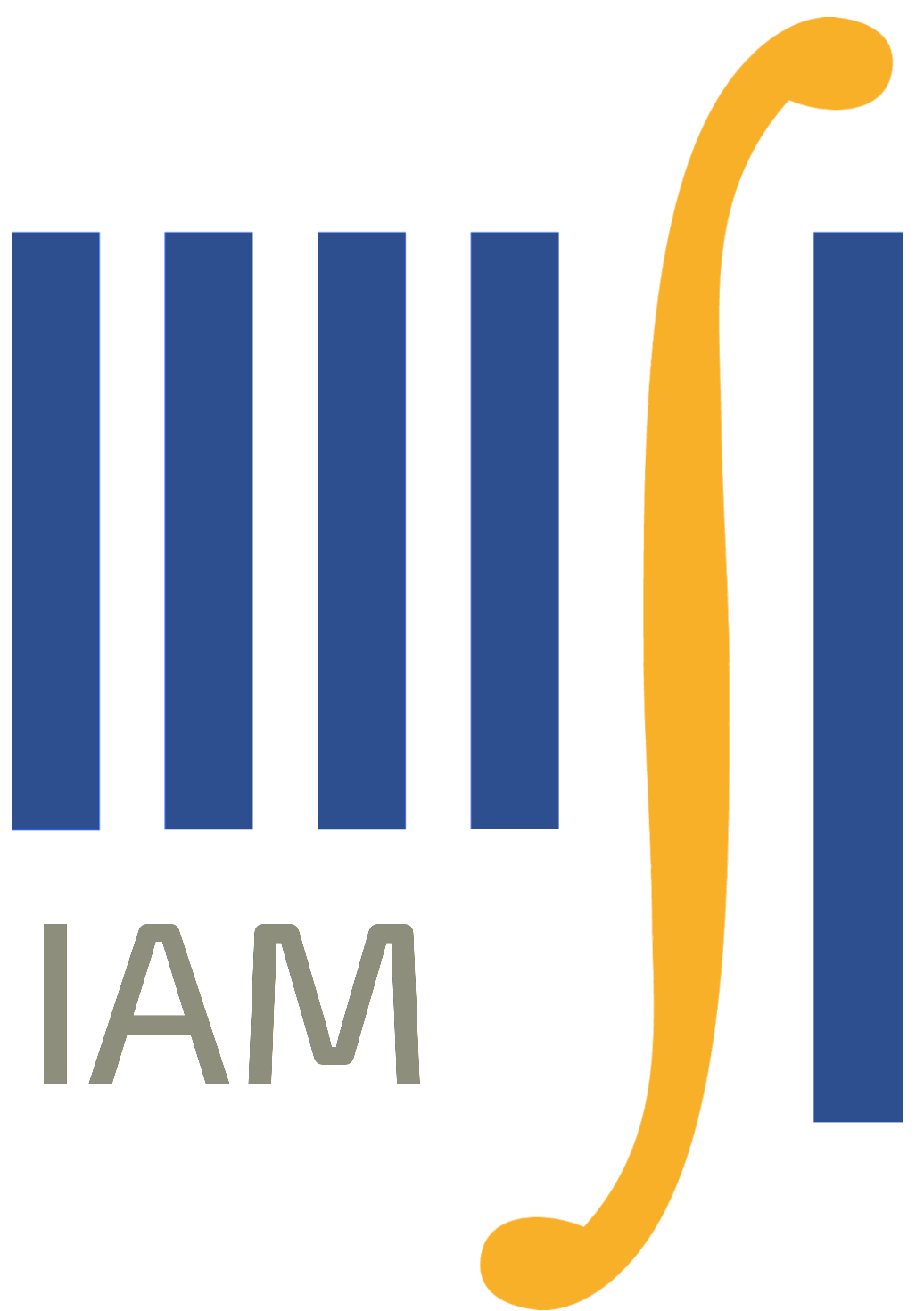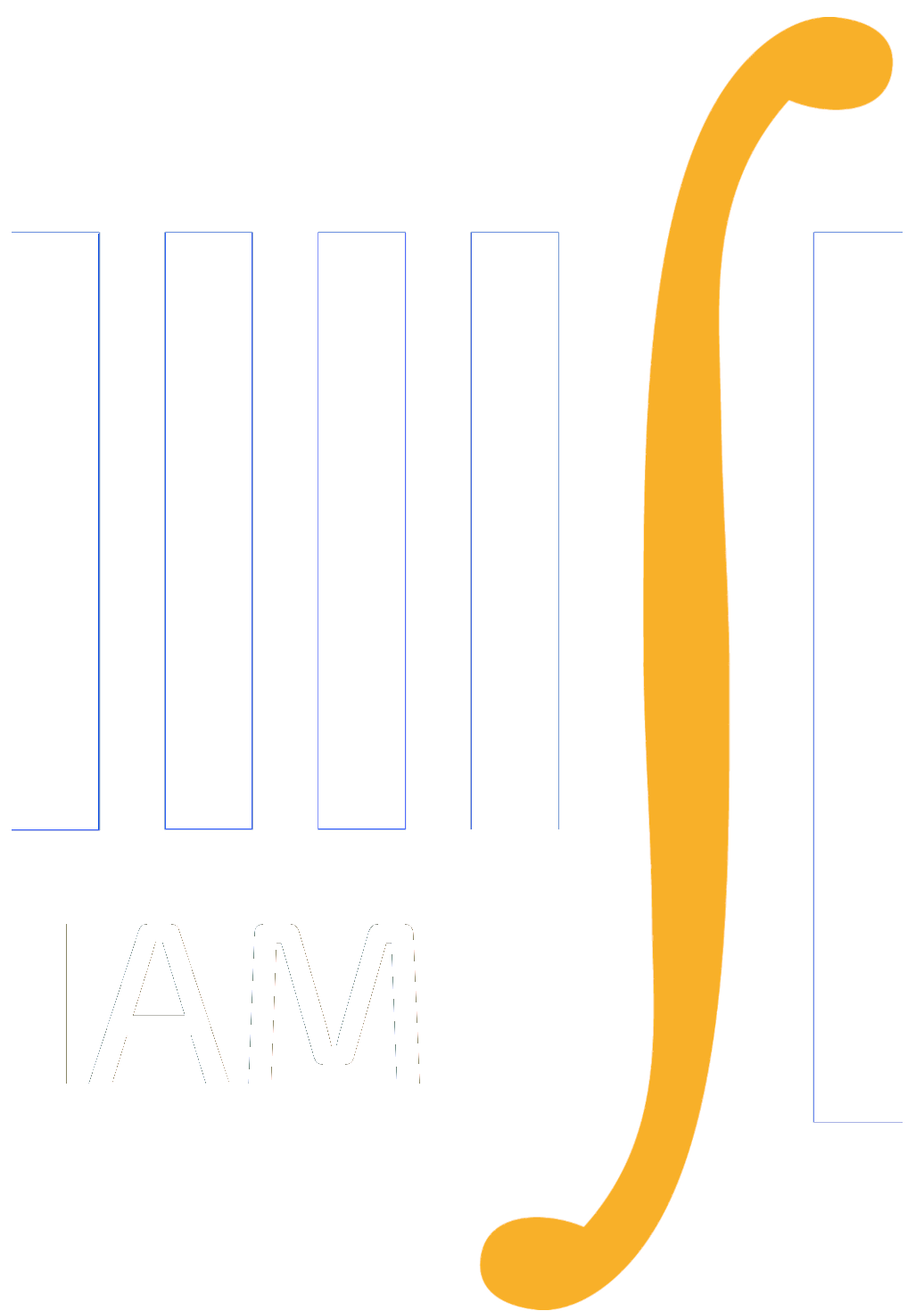Oberseminar Analysis Summer 2019
Organizers: S. Conti, H. Koch, S. Müller, B. Niethammer, M. Rumpf, C. Thiele, J.J.L. Velázquez, T. Pernas-Castano
- Thursday May 9 2:15 p.m., Lipschitz-Saal Adriano Pisante (Roma La Sapienza) Torus-like solutions for the Landau-de Gennes model We study global minimizers of a continuum Landau-De Gennes energy functional for nematic liquid crystals in three-dimensional domains, possibly in a restricted class of axisymmetric configurations. Assuming smooth and uniaxial (e.g. homeotropic) boundary conditions and a corresponding physically relevant norm constraint (Lyuksyutov constraint) in the interior, we prove partial regularity of the minimizers away from a possible finite set of interior singularities lying on the symmetry axis or even full regularity when no symmetry is imposed. As a consequence, we discuss boundary data which yield as minimizers smooth configuration with maximally biaxial set carrying nontrivial topology. In the axially symmetric case we show how singular (split) solutions or smooth (torus) solutions (or even both) for the Euler-Lagrange equations do appear for boundary data which are smooth deformation of the nematic hedgehog.
- Thursday July 11 2:15 p.m., Lipschitz-Saal Patrina Poh (Charité - Universitätsmedizin Berlin) Personalization of scaffolds design for bone regeneration In the field of healthcare, the strength of additive manufacturing (AM) technologies lies in the possibility to produce personalized biomedical products. However, there are still many challenges which need to be addressed to establish a new gold standard for the design, optimisation and fabrication of a personalized biomedical products while ensuring functionality. This is because the complexity of the human body has added another dimension of challenges in adoptation of AM in the healthcare field as bioengineers not only have to consider the biophysical and manufacturing requirements, yet also the biological requirements to ensure functionality. Previous AM strategies for bone scaffolds have used raster-angle and tensegrity design concepts. Scaffolds with these designs made of a variety of biomaterials have been extensively studied in vitro and in vivo, showing great potential in bone tissue regeneration. However, raster-angle and tensegrity design concepts are limited in their variability of possible architectures (i.e. limited number of possible strut deposition angles) and may not be the ideal solutions for scaffolds intended for bone regeneration. Here, we explore the use of periodic surfaces model to generate bone scaffolds which can better support bone regeneration.
- Wednesday July 17 2:15 p.m., Lipschitz-Saal Jin Woo Jang (Center for Geometry and Physics, IBS) Propagation of uniform upper bounds for the spatially homogeneous relativistic Boltzmann equation This talk is devoted to recent results on the propagation theory of the spatially homogeneous relativistic Boltzmann equation. We prove the propagation of uniform upper bounds for the spatially homogeneous relativistic Boltzmann equation for initial data of unrestricted size. The Boltzmann equation including Einstein's theory of special relativity describes the statistical distribution of gaseous particles, and it has been a central dynamical model in special relativistic kinetic theory. This talk involves the introduction to some crucial developments for the mathematical analysis on the relativistic Boltzmann collision operator, including a potential type estimate, a relativistic hyper-surface integral estimate, and the relativistic counter-part of the Carleman representation.


